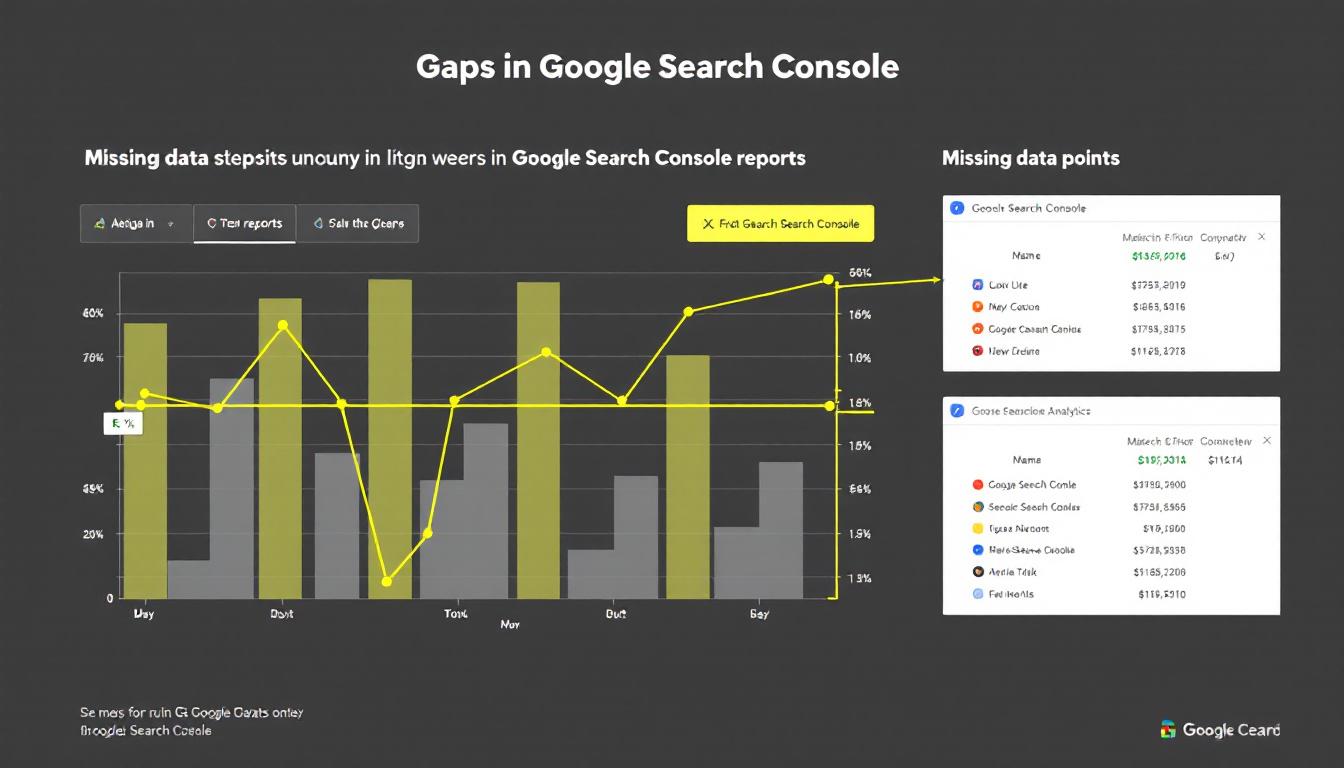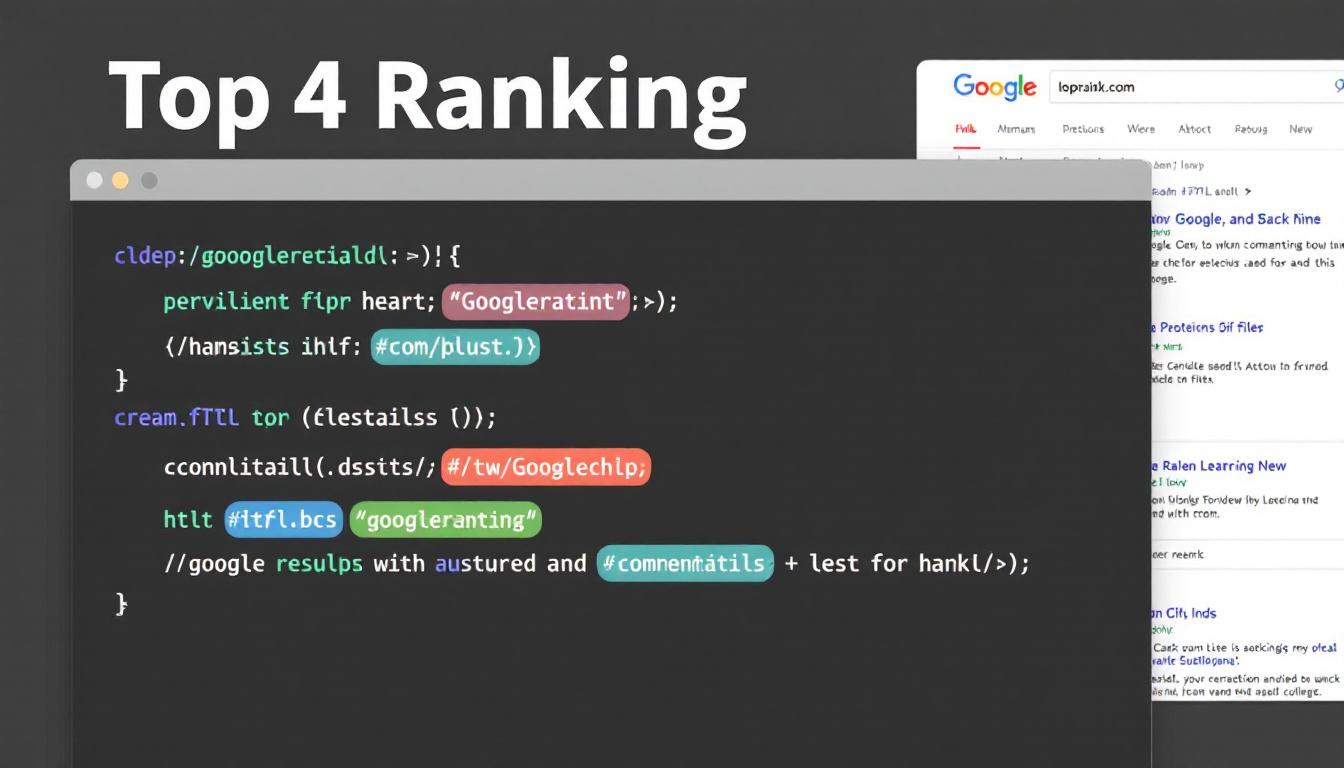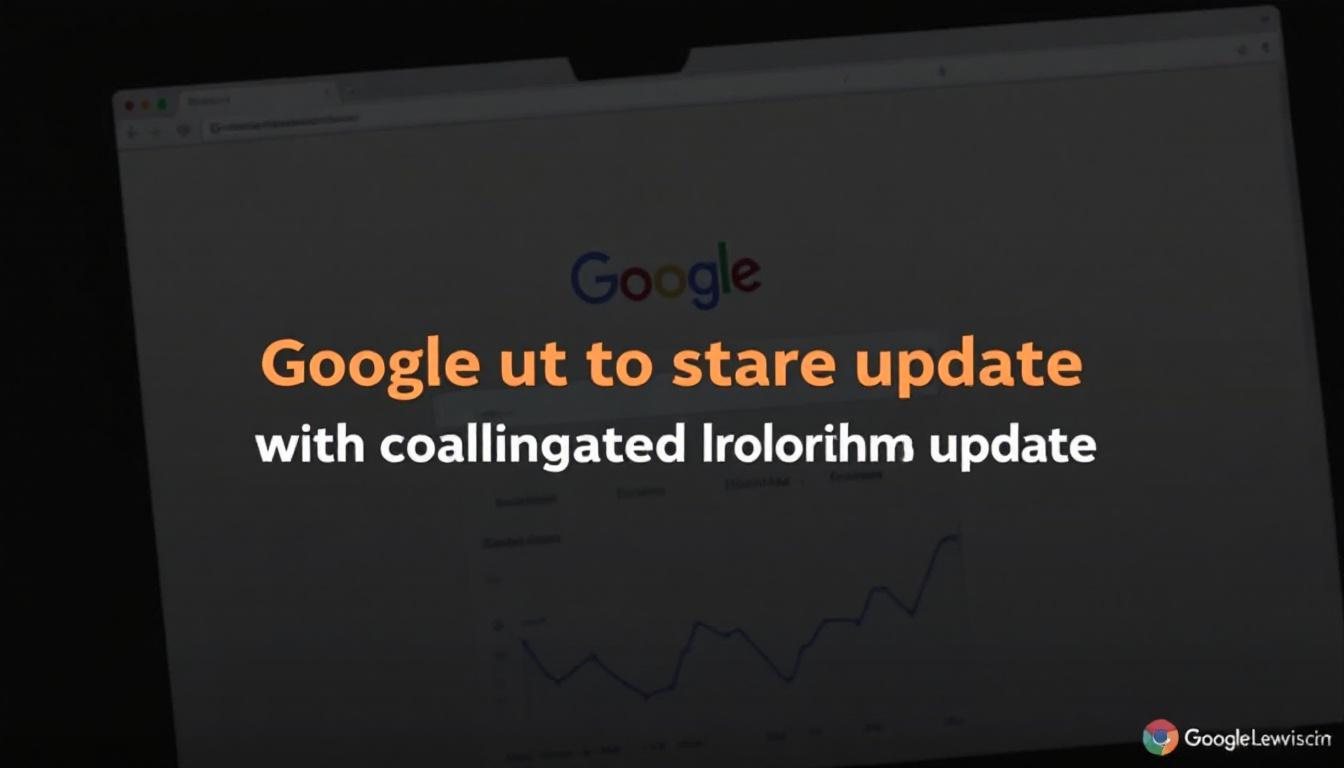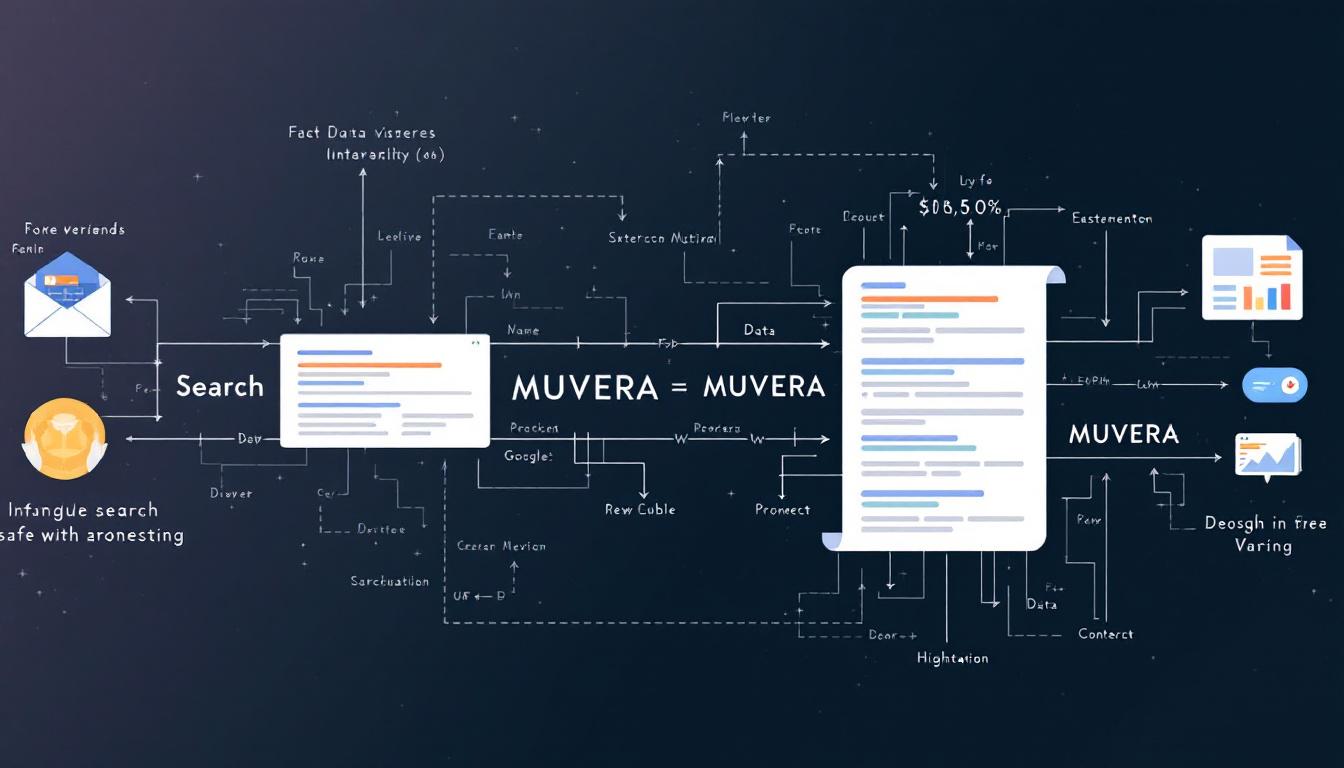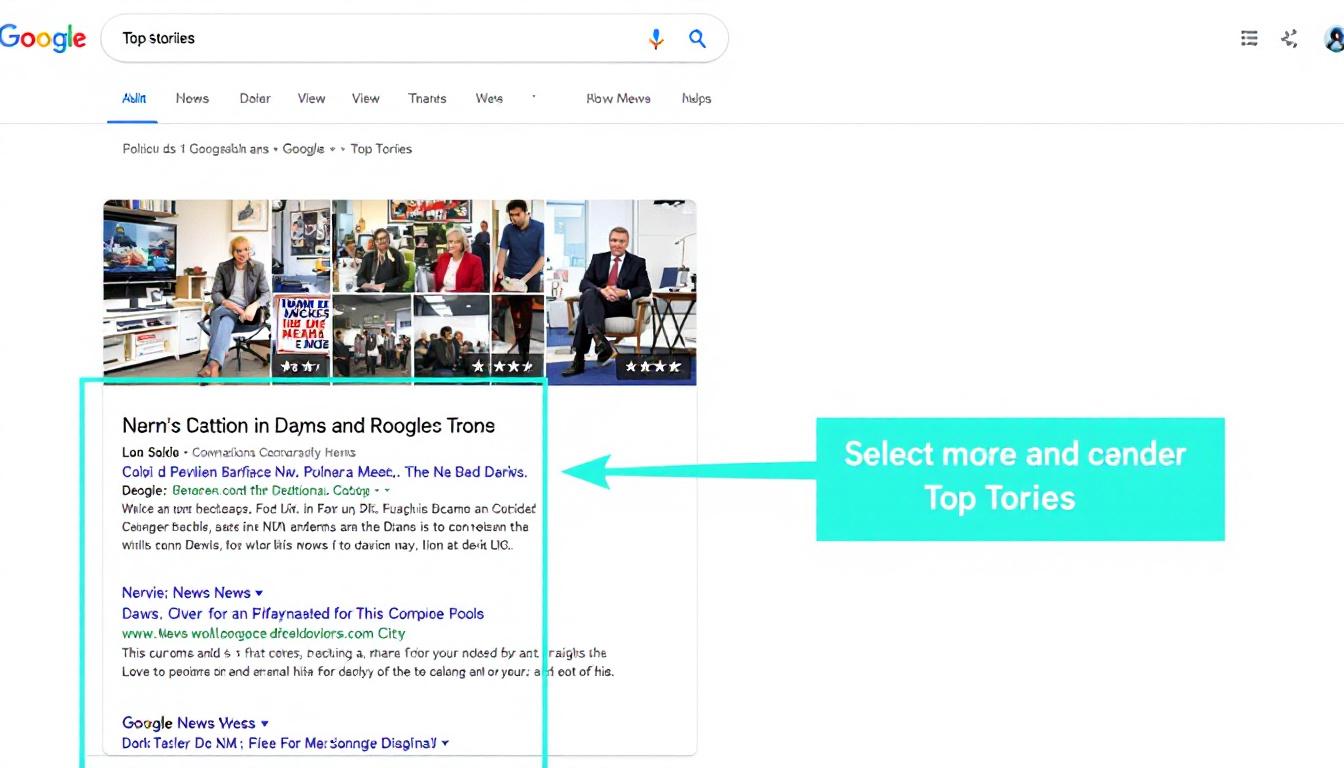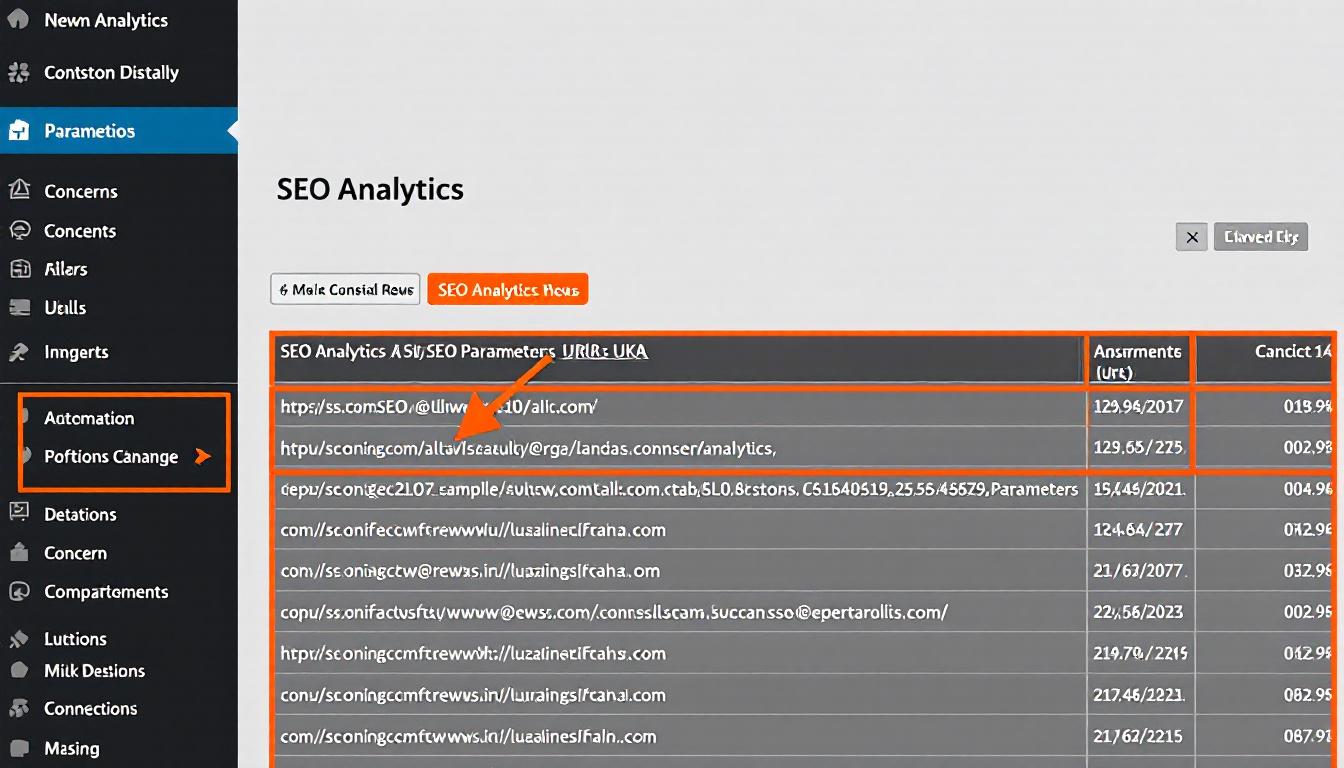Recent findings from ZipTie highlight a significant limitation within Google Search Console (GSC).
Screpy
Utilize an AI-driven SEO analysis tool to evaluate your website and monitor your keywords all in a single intuitive dashboard.
The research uncovers that approximately 50% of search queries driving traffic to websites are not reflected in GSC reports, leaving SEO professionals with an incomplete picture of their organic search performance.
Demonstrating the Data Discrepancy
Initial tests conducted by ZipTie reveal a consistent pattern of missing data within GSC, particularly concerning conversational search queries.
Conducting Basic Experiments
To investigate further, Rudzki performed controlled searches to observe their presence in GSC.
Over several days, he entered the same conversational questions into Google from various devices and accounts. These searches successfully directed visitors to his website, as verified through alternative analytics platforms.
However, when he reviewed GSC, none of these specific queries were recorded. Rudzki described the results as “Zero. Nada.
Null.” To ensure this wasn’t unique to his situation, he enlisted 10 other SEO experts to replicate the test, all of whom encountered the same issue: their conversational search terms did not appear in GSC data despite generating actual traffic.
Impact of Search Volume on Reporting
Further analysis suggests that GSC may prioritize queries based on their search frequency, potentially excluding less common terms.
Threshold for Query Inclusion
The research indicates that only search terms surpassing a certain volume are tracked by GSC.
According to Jakub Łanda, a colleague of Rudzki, once queries reach adequate popularity for inclusion, historical data prior to this threshold may no longer be accessible.
For example, users searching for varied questions about the iPhone might each generate a small number of monthly searches, but collectively represent substantial interest.
Despite this, GSC often fails to register these low-frequency variations, ignoring their overall significance.
AI Responses Versus Query Visibility
Interestingly, while Google provides AI-generated answers for conversational searches, the underlying queries remain hidden in GSC.
Rudzki analyzed a vast dataset of 140,000 questions from Google’s People Also Asked feature and found that 80% of these conversational queries receive AI-generated overviews. Despite this capability, GSC does not reflect these queries in its reporting tools.
Rudzki noted, “It seems Google is prepared to present AI answers for conversational queries, yet it fails to document these interactions in one of the key tools used by SEO and marketing professionals.”
Consequences of Incomplete Data
The absence of half the search queries in GSC has profound implications for SEO strategies and decision-making processes.
Challenges in Performance Analysis
Without comprehensive data, evaluating the effectiveness of SEO efforts becomes problematic.
Marketers may rely solely on keyword tools, missing out on the nuances of actual user inquiries. This can lead to optimization efforts that do not fully align with user intent.
Additionally, when certain pages appear to underperform based on GSC data, it might be misleading, as significant traffic could be unaccounted for.
This gap also hinders the ability to spot emerging trends early, as new topics only gain visibility once they achieve higher search volumes.
Addressing the Reporting Gaps
Adapting SEO strategies to account for incomplete GSC data is essential for maintaining effective marketing efforts.
Adapting Data Analysis Techniques
Shifting focus to alternative metrics can help bridge the data gap left by GSC.
Instead of concentrating solely on the Query tab, marketers should utilize the Pages tab to identify which content is driving traffic, regardless of the specific search terms used.
Emphasizing the creation of in-depth content that thoroughly answers user questions can compensate for the missing query data. Additionally, incorporating other research methods to capture conversational search patterns is crucial.
Understanding how users interact with AI assistants can provide insights into their search behavior.
Future Implications
The ongoing evolution of search behaviors poses challenges for existing SEO tools and practices.
The Rise of Conversational Search
As voice search and AI-driven queries become more prevalent, the disconnect with GSC may widen.
With approximately 20% of people globally using voice search regularly, and AI tools encouraging more detailed inquiries, the traditional metrics captured by GSC may become increasingly insufficient.
Until Google addresses these discrepancies in reporting, SEO strategies will need to incorporate multiple data sources and methodologies to account for the unseen portion of search traffic that significantly influences site performance.
The Bottom Line
The discovery that Google Search Console misses half of the search queries presents a critical challenge for SEO professionals.
Relying solely on GSC data can lead to incomplete insights and misguided strategies. By adopting alternative analysis methods and focusing on comprehensive content creation, marketers can navigate the limitations of current tools and better understand their organic search performance.
Staying adaptable and informed will be key to maintaining effective SEO practices in the face of evolving search behaviors.
